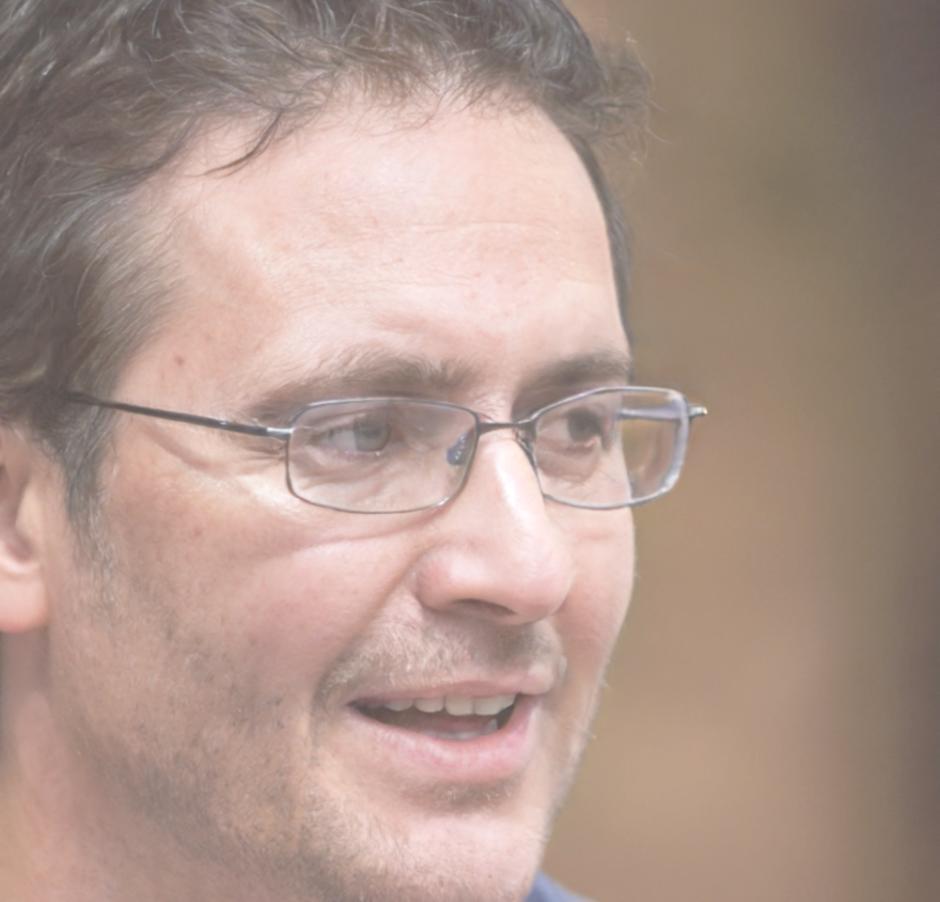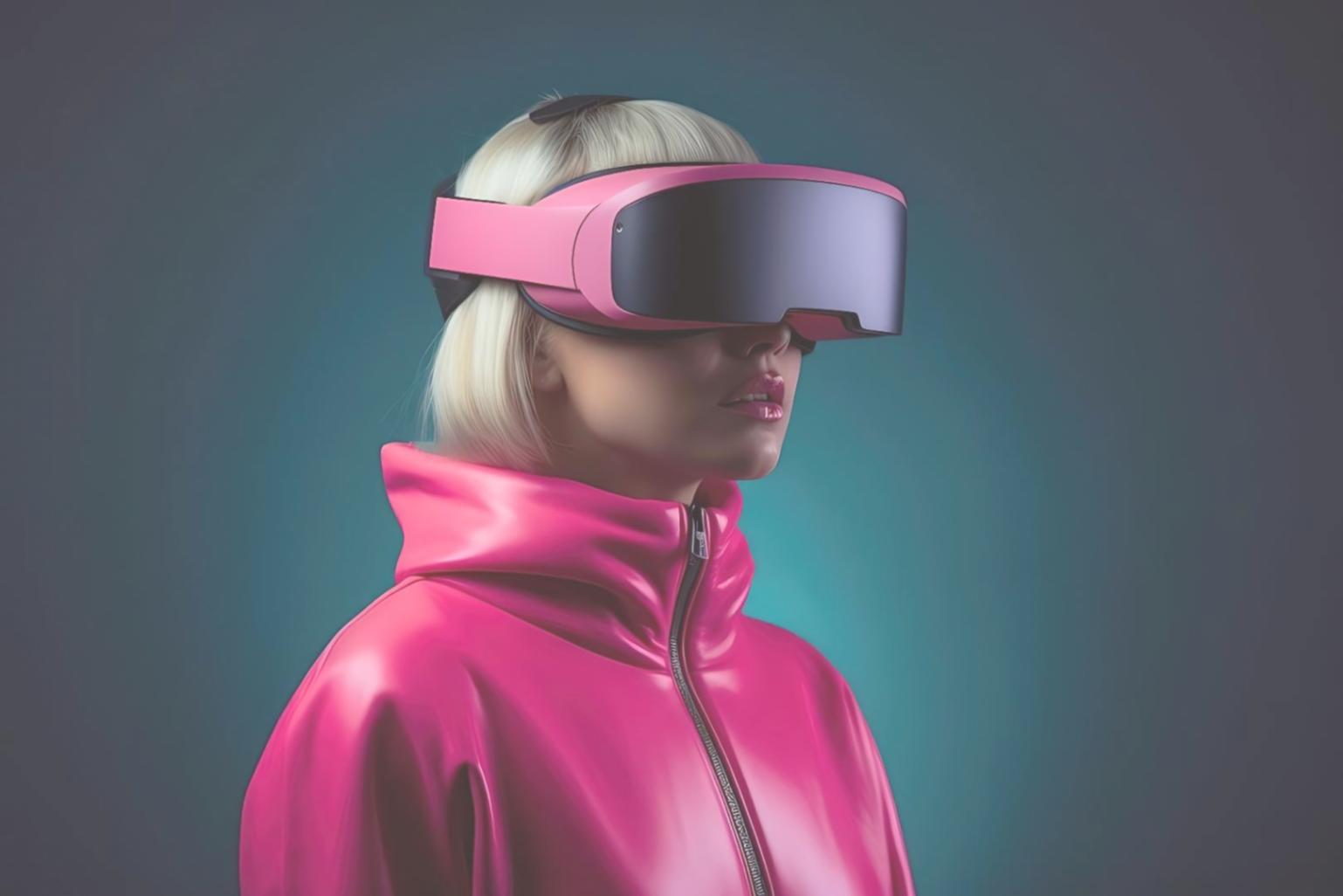Getting Started with AR/VR Development
Breaking into AR/VR can feel overwhelming at first. Here are some practical strategies that'll make your first steps more manageable.

-
Start small, dream big
Begin with a simple project that you can complete in a week. I've seen too many beginners burn out trying to build their dream game right away. Master the basics first—a simple object tracker or a basic VR environment—before tackling more complex projects.
-
Learn one engine deeply
Rather than jumping between Unity, Unreal, and other platforms, pick one and stick with it for at least 6 months. Each has a steep learning curve, and you'll progress faster by focusing. Unity's a good starting point if you're on the fence.
-
Join developer communities
The AR/VR community is incredibly supportive. Sign up for forums like Unity Connect, Reddit's r/augmentedreality, or local meetups in Meerut. The feedback and encouragement you'll get are priceless when you're stuck on a tricky problem.

Rahul Sharma
Senior AR/VR Instructor"The most successful students aren't necessarily the smartest—they're the most persistent. AR/VR development rewards those who keep showing up."
Technical Skills to Master
Beyond the basics, these are the skills that will set you apart as an AR/VR developer. Focus on them once you've got your fundamentals down.
-
3D math isn't optional
Sorry to be the bearer of bad news, but you can't escape the math. Vectors, matrices, and quaternions are the language of spatial computing. Set aside time each week to strengthen these skills—they'll make or break your ability to create smooth, intuitive experiences.
-
Optimize ruthlessly
AR/VR apps are incredibly resource-hungry. Learn how to use profiling tools to identify bottlenecks, reduce polygon counts, and implement level-of-detail techniques. Your users' devices will thank you, and so will your reviews.
-
Master user testing
What feels intuitive to you might be completely confusing to users. I remember creating what I thought was a brilliant control scheme, only to watch testers struggle for minutes to perform a simple action. Test early and often with people who aren't developers.
-
Understand spatial audio
Sound is shockingly important in creating immersive experiences. Learning how to implement 3D audio will add a layer of realism that visuals alone can't achieve. It's often the difference between a good experience and a great one.

Vijay Patel
Technical Director"The technical challenges in AR/VR can feel endless, but that's also what makes this field so rewarding. Each problem you solve builds your toolkit for the next challenge."
Building Your AR/VR Portfolio
In this competitive field, your portfolio speaks louder than your resume. Here's how to make yours stand out.

-
Quality over quantity
One polished, well-documented project is worth more than five half-finished ones. I've interviewed candidates with 20+ projects who couldn't explain the design decisions behind any of them. Better to have three stellar examples you can discuss in depth.
-
Document your process
Employers want to see how you think. Create case studies showing your design process, technical challenges, and solutions. Include sketches, failed approaches, and what you learned. This transparency is much more valuable than just showing the final result.
-
Specialize, but show range
While it's good to develop expertise in one area (like hand tracking or environmental reconstruction), make sure your portfolio demonstrates breadth too. Include at least one project that shows you can work outside your comfort zone.

Aditya Kumar
Industry Mentor"Your portfolio is your handshake with potential employers. Make it firm, confident, and memorable. When I'm hiring, I look for portfolios that tell a story about the developer's growth and problem-solving abilities."
Ready to put these tips into practice?
Our learning program offers structured guidance from beginner to advanced AR/VR development. We'll help you build the skills you need at a pace that works for you.
Explore Our Learning Program